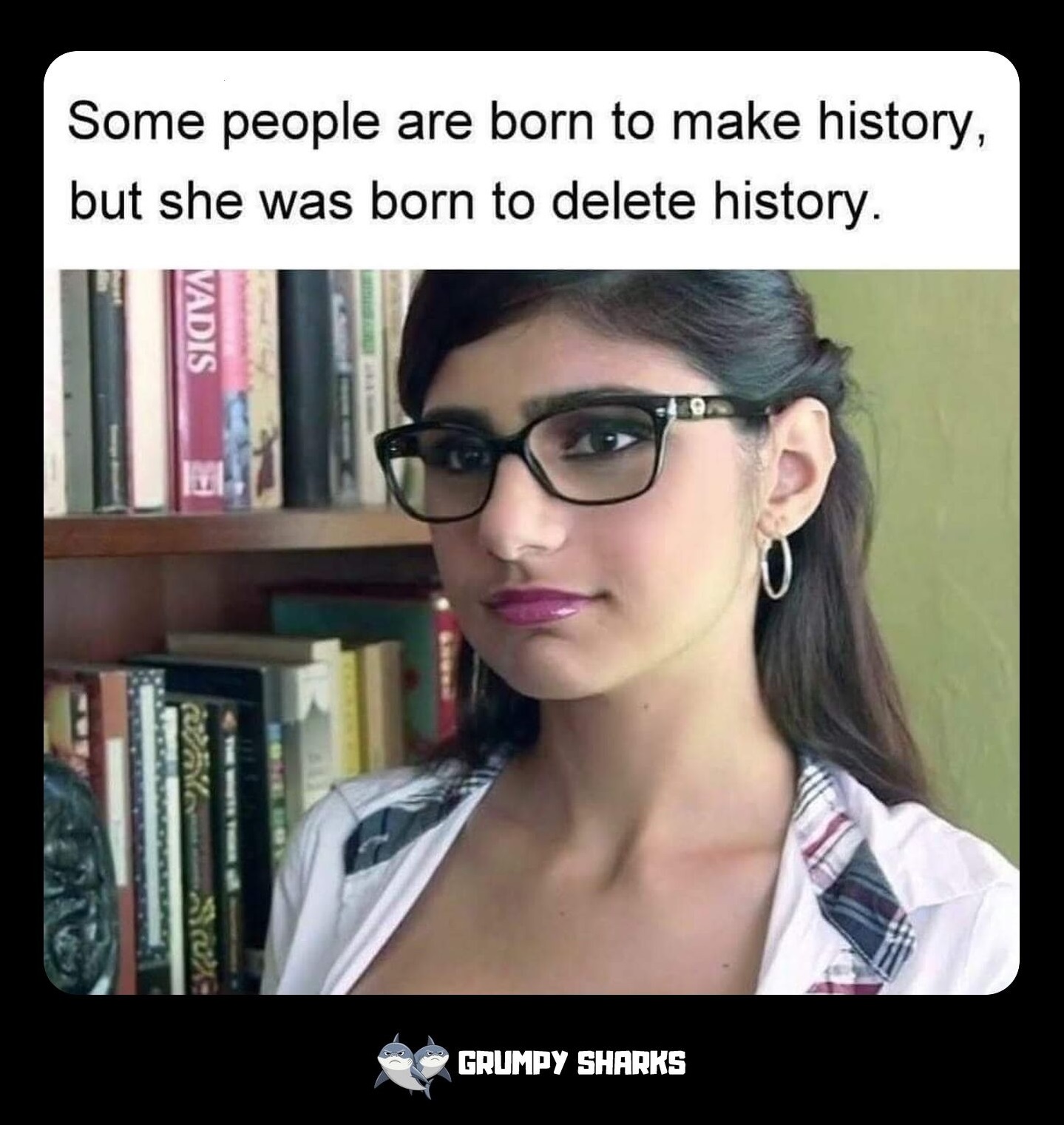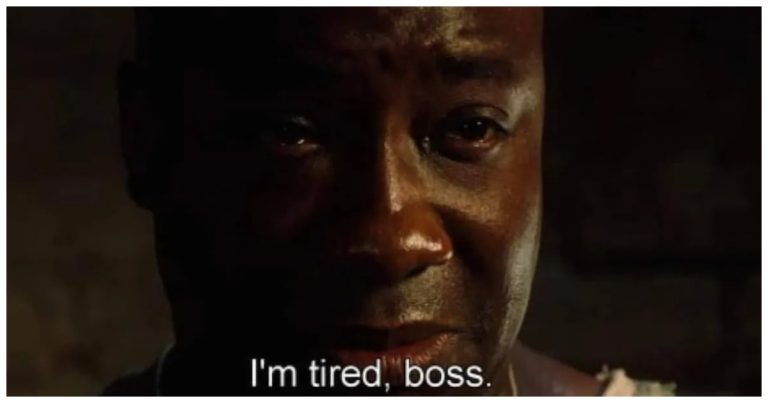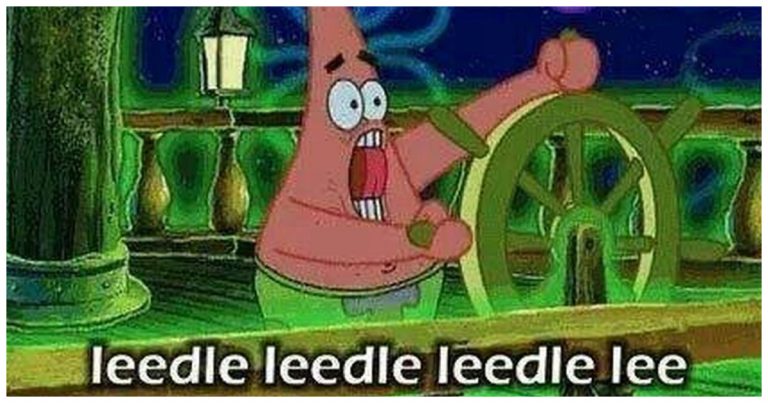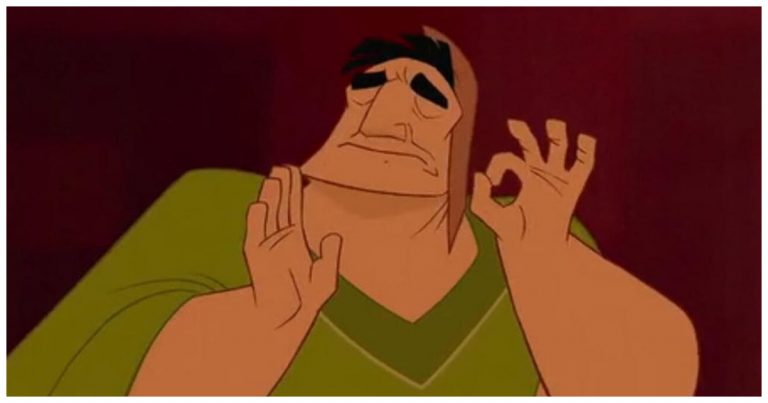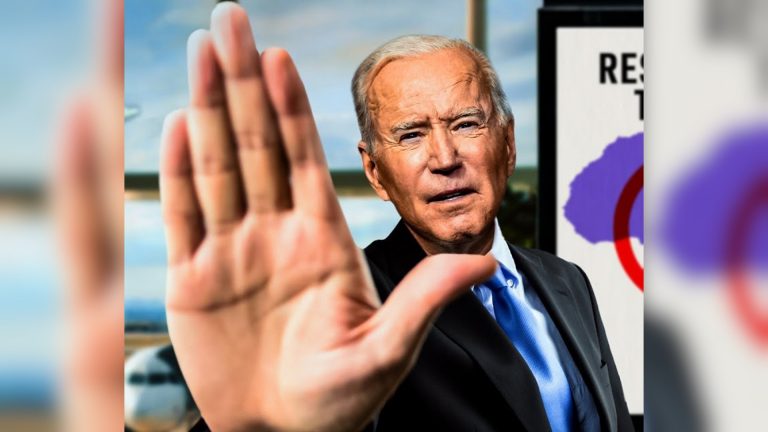Mia Khalifa Meme: Meaning, Origin, and Why It’s Still Everywhere
In recent years, the name Mia Khalifa has taken on a life of its own far beyond its original context. From TikTok duets to Twitter jokes and out-of-nowhere YouTube Shorts, people casually drop her name into memes—often directed at unsuspecting girls wearing glasses or hoodies. The Mia Khalifa meme has become so viral that being called “Mia Khalifa” online has less to do with the real person and more to do with a look, a vibe, or a punchline.
But where did this meme start? Why is Mia Khalifa’s name used in completely unrelated videos? In this article, we’ll explore the origin of the Mia Khalifa meme, look at its most popular formats, analyze its cultural impact, and answer some frequently asked questions about how this trend exploded across TikTok and beyond.
What Is the Mia Khalifa Meme?
The Mia Khalifa meme typically features photos of Mia Khalifa (a Lebanese-American media personality and former adult film actress) wearing glasses—often taken out of original context—paired with humorous, relatable captions.
These memes range from ironic life observations (“when you’re too tired to care”) to playful self-referential jokes. They commonly appear on platforms like TikTok, X, Reddit, and Instagram.
How the Meme Originated
Mia Khalifa became the most searched adult actress in the world in late 2014, just weeks into her brief career. The notoriety was amplified by controversy surrounding a specific scene in which she wore a hijab—sparking outrage, discussion, and viral traction across the globe. Even after leaving the adult industry, her digital legacy persisted, forming the foundation for years of meme content.
The earliest memes appeared on platforms like Reddit and Facebook around 2015–2016, using screengrabs or references in jokes about recognition, shame, or denial. However, the meme format exploded anew around 2020, especially on TikTok, Twitter, and Instagram, where Gen Z users revived her name as part of nostalgic and ironic humor.
Popular Formats of the Mia Khalifa Meme
1. “Fake Ignorance” Format
“Isn’t that the UN ambassador?”
Images of Mia Khalifa paired with captions pretending she’s someone else—a politician, academic, or historical figure. The joke comes from mocking the idea that viewers don’t recognize her when they clearly do.
2. “We All Know Her” Format
“Guys be like ‘Who’s that?’ but know her by her left eyebrow.”
This format pokes fun at the denial of knowing her, often with references to men’s uncanny ability to identify her from even the smallest clue.
3. Photoshop Parodies
Mia is photoshopped into prestigious or unexpected settings: TED Talks, university lectures, U.N. conferences. These edits underline the contrast between her past and the absurd level of continued visibility she has.
4. Soundbite Recognition
Short audio clips of her voice, especially from her time on podcasts or interviews, are used to prompt immediate recognition—highlighting how deeply embedded her voice is in internet culture.
Why the Meme Has Endured
- Internet Permanence: The web doesn’t forget. Even if Mia has rebranded and moved on, meme culture immortalized her image.
- Cultural Symbolism: She’s become a representation of digital fame gone awry—how virality can define someone against their will.
- Gender Commentary: Many memes also double as social critiques, touching on how women in the adult industry are treated in contrast to men.
- Ironic Nostalgia: Gen Z, in particular, reuses her image with ironic detachment, turning her into a meme artifact of a past internet era.
Frequently Asked Questions about the Mia Khalifa Meme
Q: Why is Mia Khalifa still a meme even though she left the industry years ago?
A: Because her name and face became deeply embedded in meme culture. She’s a symbol of how the internet doesn’t allow people to outgrow their digital past.
Q: Is Mia Khalifa aware of the memes?
A: Yes. She’s commented on them, sometimes with humor but often expressing frustration about being unable to separate from her past image.
Q: Are the memes mocking her or supporting her?
A: Both. Some memes play on her image as a joke, while others sympathize with her struggle for redefinition and critique the way society treats women with pasts in adult entertainment.
Q: What makes this meme format so versatile?
A: It blends irony, recognition, and social commentary—making it adaptable across cultures, platforms, and generations.
Conclusion
The Mia Khalifa meme isn’t just about a former adult actress—it’s about internet memory, irony, and how viral fame can outlive its context. Through satirical captions and exaggerated denials, this meme reflects our collective discomfort with past digital behavior, the double standards placed on women, and the humor that arises from public contradiction. Whether viewed as cruel, comedic, or critical, the Mia Khalifa meme remains an unshakable fixture in online culture.

